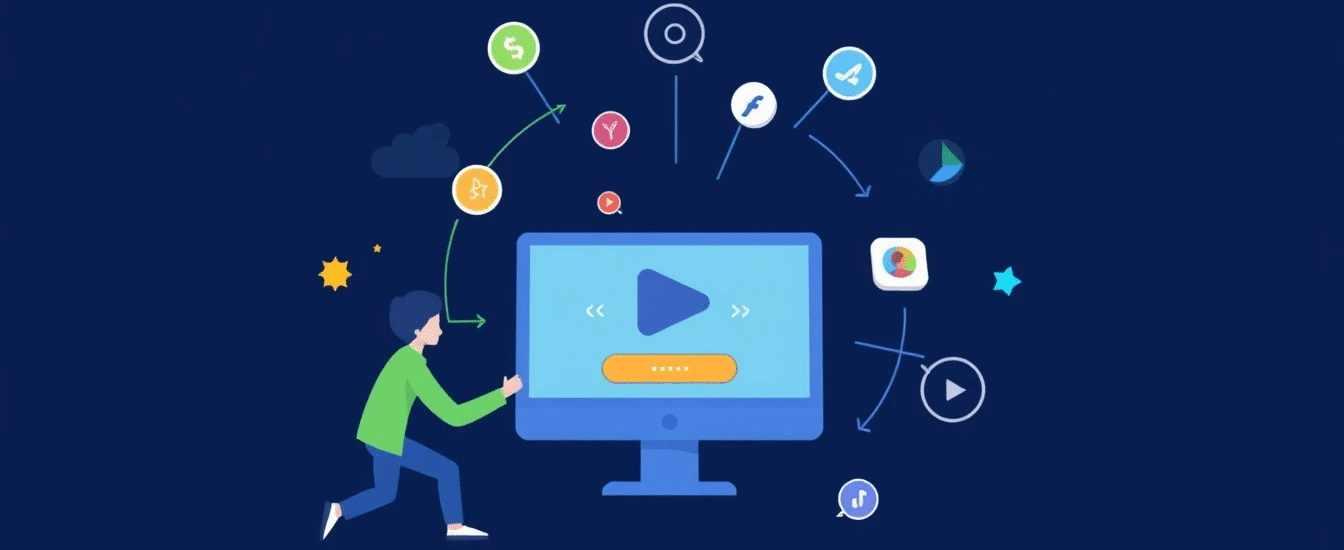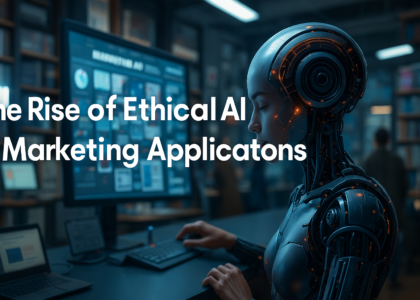Introduction
In today’s digital-first world, brands are constantly seeking innovative ways to attract, engage, and retain their audiences. One of the most effective and fast-evolving strategies is gamification—integrating game mechanics into non-game environments. Combined with the transformative power of artificial intelligence (AI), gamification takes on a new dimension. AI-powered gamification enables brands to create deeply personalized, scalable, and data-informed experiences that drive higher engagement and brand loyalty. This article explores how AI is revolutionizing gamification and its impact on modern brand engagement strategies.
Understanding Gamification in Marketing
Gamification is the process of applying game-design elements—like points, challenges, rewards, and leaderboards—to non-game contexts, such as marketing, education, or health. The goal is to motivate user behavior and increase participation through playful, rewarding experiences.
The psychology behind gamification draws from behavioral science. It taps into intrinsic human desires such as achievement, competition, status, and curiosity. Traditional examples include point-based loyalty programs, referral bonuses, or badges for completing tasks.
When implemented well, gamification can significantly boost customer interaction by making brand experiences more fun, engaging, and rewarding.

The Role of AI in Gamification
Artificial intelligence brings a layer of intelligence and adaptability to gamification. It allows marketers to go beyond static reward systems and create dynamic, real-time experiences tailored to each user’s behavior and preferences.
AI can analyze user data at scale and adapt the gamified elements based on individual preferences, habits, and engagement patterns. For instance, AI can suggest personalized rewards, adjust difficulty levels, or recommend content in real-time. This leads to a more immersive and meaningful experience that keeps users coming back.
Moreover, AI facilitates better decision-making by offering insights from behavioral analytics, sentiment analysis, and predictive modeling, making gamified strategies more effective and data-driven.

Benefits of AI-Powered Gamification for Brands
Integrating AI into gamification strategies offers a host of benefits for businesses looking to elevate brand engagement:
- Increased User Engagement and Retention: Personalized challenges and rewards keep users more engaged, leading to longer session times and repeat interactions.
- Enhanced Customer Experience: AI ensures that the gamified journey feels relevant and enjoyable for each individual.
- Improved Conversion Rates: Engaged users are more likely to complete desired actions such as making a purchase or sharing content.
- Scalable Personalization: AI automates the customization process, allowing brands to deliver personalized experiences to millions of users simultaneously at a fraction of the cost.
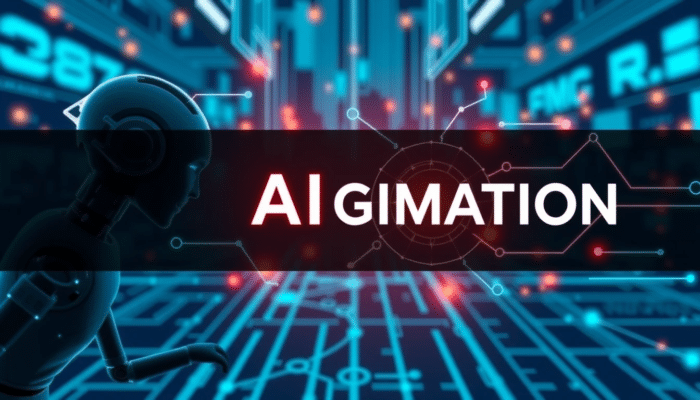
AI Algorithms Used in Gamification
Several types of AI technologies contribute to gamified experiences:
- Machine Learning (ML): Learns from user behavior to predict preferences, suggest next actions, and optimize reward structures.
- Natural Language Processing (NLP): Powers chatbots, virtual assistants, and conversational games, allowing users to interact with brands more naturally.
- Reinforcement Learning: Utilized in dynamic game systems where the AI learns from user choices and optimizes game paths to maximize engagement.
These algorithms help create smarter, more intuitive game mechanics that adapt and improve over time.
Real-World Examples and Case Studies
Numerous brands have successfully leveraged AI-powered gamification to boost engagement and loyalty:
- Duolingo: This language learning app uses AI to personalize lessons and dynamically adjust challenge levels. Gamified elements like streaks, XP points, and leaderboards enhance the user experience.
- Starbucks Rewards: This program uses machine learning to personalize offers and challenges based on purchasing behavior, increasing customer loyalty and spend.
- Nike Training Club: Through AI-powered suggestions and challenges, the app keeps users motivated and engaged in their fitness journey, incorporating gamification to encourage consistency.
These examples show the versatility and effectiveness of combining AI and gamification in real-world applications.
Designing an AI-Powered Gamification Strategy
To successfully implement AI-powered gamification, brands need a strategic approach:
- Identify Your Target Audience and Goals: Understand who you’re engaging and what outcomes you’re aiming for—be it more sign-ups, purchases, or time spent on the platform.
- Select the Right Game Elements: Choose appropriate mechanics such as points, badges, or leaderboards based on user motivations.
- Integrate AI Tools and Platforms: Use AI to personalize the experience, automate engagement, and analyze user behavior for continuous optimization.
A thoughtful strategy ensures gamification efforts align with brand values and deliver measurable results.
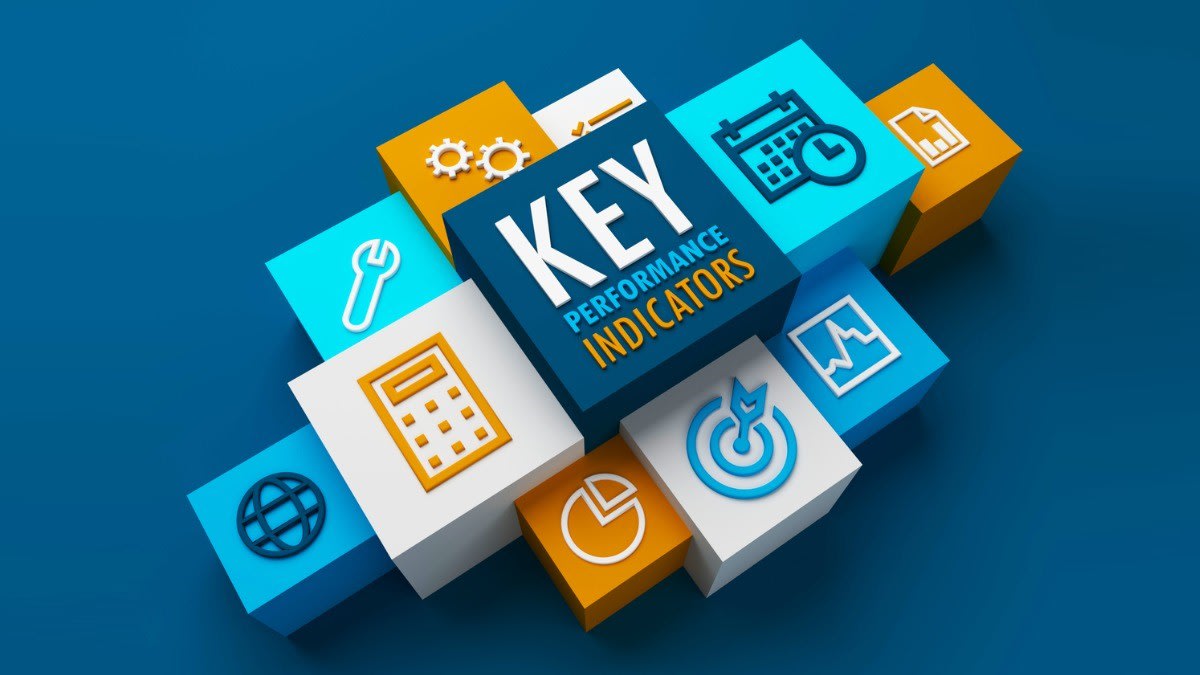
Key Metrics to Measure Success
Tracking the right metrics helps assess the effectiveness of gamification strategies:
- Engagement Rates: Measure time on site, interaction levels, and frequency of visits.
- User Retention and Loyalty: Monitor repeat usage and churn rates.
- Conversion Metrics: Track goal completions such as sign-ups, downloads, or purchases.
- Feedback and Sentiment Analysis: Use AI tools to understand user sentiments and refine the experience.
These KPIs enable brands to fine-tune their gamification initiatives and maximize ROI.

Challenges and Ethical Considerations
While AI-powered gamification offers significant benefits, it also raises ethical and practical challenges:
- Data Privacy: Collecting and processing user data must comply with regulations like GDPR and respect user consent.
- Manipulation and Addiction: Game mechanics can become exploitative if not designed responsibly, potentially leading to unhealthy user behaviors.
- Transparency: Users should be aware when AI is influencing their experience and how their data is being used.
Ethical design and transparency are essential for long-term user trust and brand integrity.
Tools and Platforms for AI Gamification
Several tools and platforms can help brands implement AI-driven gamification:
- Salesforce Einstein: Offers AI insights to drive personalized customer journeys.
- Adobe Sensei: Helps deliver real-time personalization and analytics.
- Gamify: A specialized gamification platform with AI capabilities for marketers.
- Playlyfe and Bunchball: Tools for building gamified systems integrated with AI features.
When choosing a platform, look for features like analytics dashboards, personalization engines, and multi-channel integration.

Future Trends in AI-Powered Gamification
The intersection of AI and gamification is poised for further evolution. Emerging trends include:
- Hyper-Personalization: More refined AI models will deliver even more accurate personalization at scale.
- AR/VR Integration: Immersive technologies will take gamified experiences to the next level.
- Predictive Gamification: AI will anticipate user behavior and optimize engagement strategies in advance.
- Cross-Channel Experiences: Seamless gamification across web, mobile, social media, and physical locations.
Brands that embrace these trends will be better positioned to build lasting customer relationships.
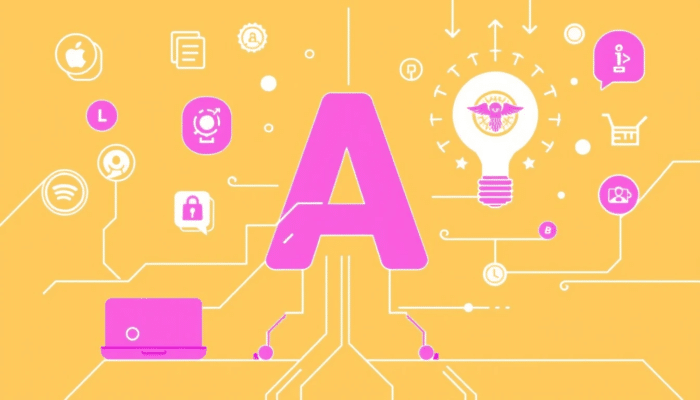
Tips for Brands to Get Started
Here are a few practical tips to begin your AI gamification journey:
- Start Small: Pilot your strategy with a manageable segment before scaling.
- Collaborate with Experts: Work with AI developers or gamification specialists to get the most from your tools.
- Continuously Test and Optimize: Use data insights to refine game mechanics and enhance engagement over time.
Consistency and iteration are key to long-term success.
Conclusion
AI-powered gamification is a powerful tool in the digital marketer’s arsenal. By combining the motivational power of game mechanics with the intelligence of AI, brands can deliver personalized, engaging, and results-driven experiences. As technology advances and consumer expectations grow, this fusion will become a critical strategy for building deep, lasting brand engagement.

